
Preserving Your Neighborhood Through Video
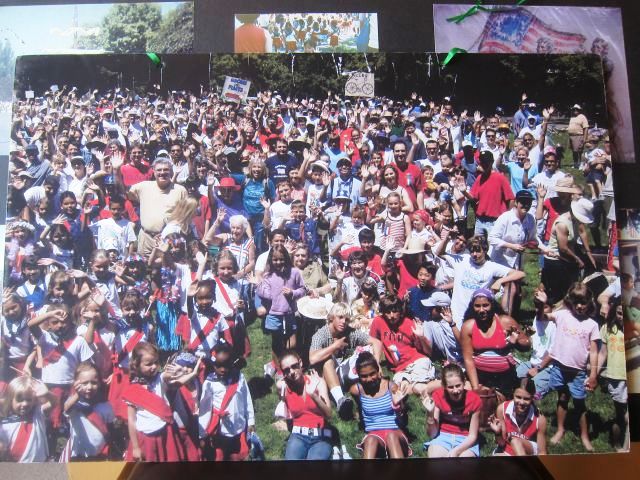 |
|
|
Anyone who’s lived for any length of time in a historic Eichler neighborhood – and isn’t every one historic? – has heard stories of the past.
There are tales of the glory days when the place was surrounded by orchards, when the trees were new, when folks got together to take care of each others' kids, when Joe Eichler could be seen visiting the sales office or even working there himself.
But tales can be forgotten if they are not recorded, and that’s why some volunteers in the Palo Alto neighborhood of Greenmeadow worked with video cameras to record longtime residents.
They did it just in time, too, Glenn Story recalls.
It was Glenn, Sigrid Pinsky, who live in Greenmeadow, and Joe Eichler’s grandson Steven Eichler who put together these video interviews back in 1994. Small portions can be viewed via the Greenmeadow Association’s website.
A copy of the finished series is also at the Guy Miller Archives of the Palo Alto Historical Association.
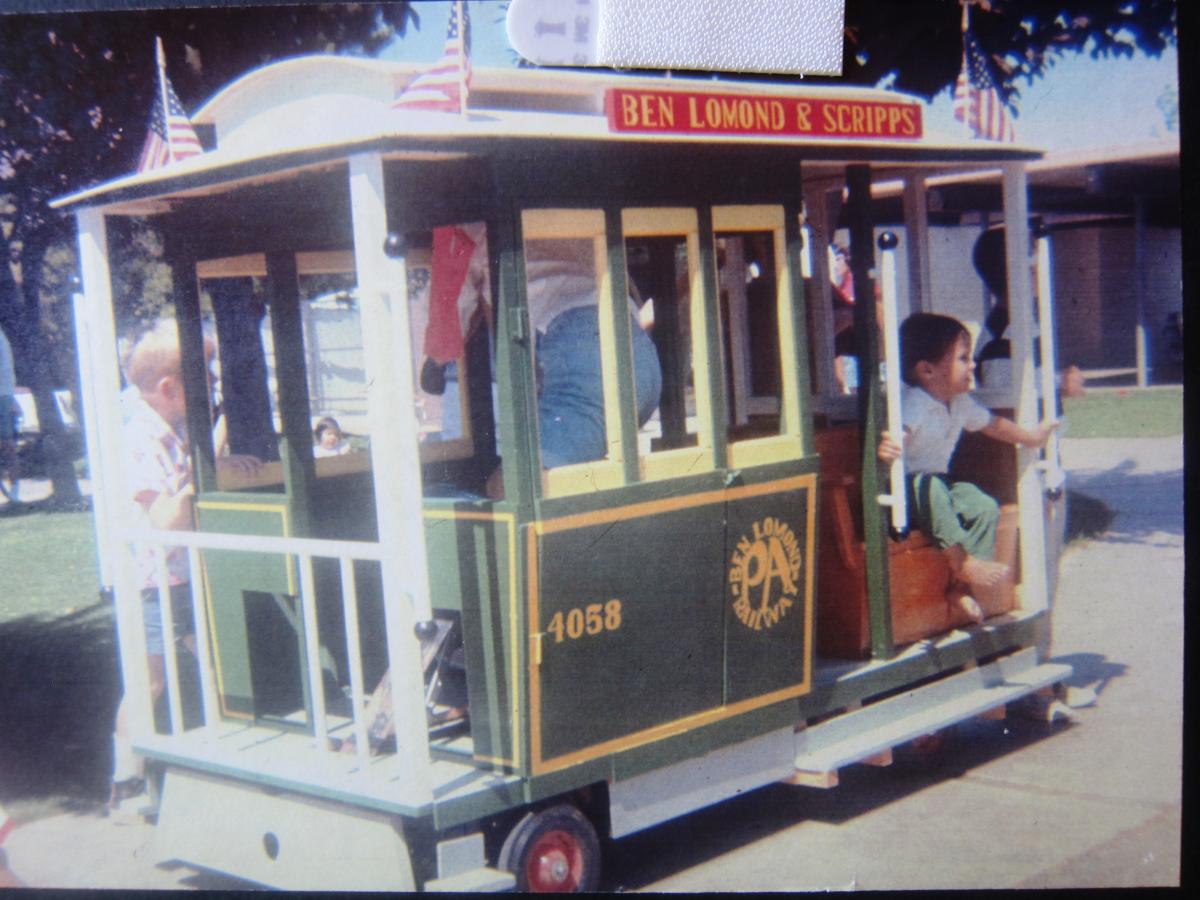 |
|
|
Originally, Story recalls, “We talked about doing it for the Fortieth anniversary” of the neighborhood, which would have been in 1994. “I said, why not hold off and do it for the Fiftieth? Sigrid said, ‘I don’t think a lot of these people will be here for the Fiftieth anniversary.’ And she was right. A lot of people passed away before the Fiftieth anniversary.”
The well-preserved Greenmeadow is one of two Eichler neighborhoods on the National Register of Historic Places. But other neighborhoods are just as historic.
And the good news for folks hoping to document their own histories, Glenn says, is that it’s much easier to do today than it was back then, when the Internet was just getting going and recording technology was, in today’s terms, primitive. And much more expensive.
“The quality of video equipment is a lot better now,” he says, adding, “You could do something like this with an iPhone today, I think.”
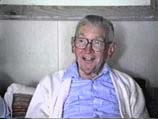 |
|
|
Here’s how they did it back in 1994:
First, of course, they sought long-time residents to be interviewed.
They found a great group, filled with colorful stories – Fred and Alice Crenshaw; George Ebey, who fought Eichler to preserve full community use of the community center and pool; lawyer and years later, a Congressman, Pete McCloskey, who prepared a suit against Eichler in the same matter; John Berward, first president of the Greenmeadow Community Center, and others, about a dozen in all.
Their interviewer was Steven Eichler, and interviews ranged from about an hour to two hours in length.
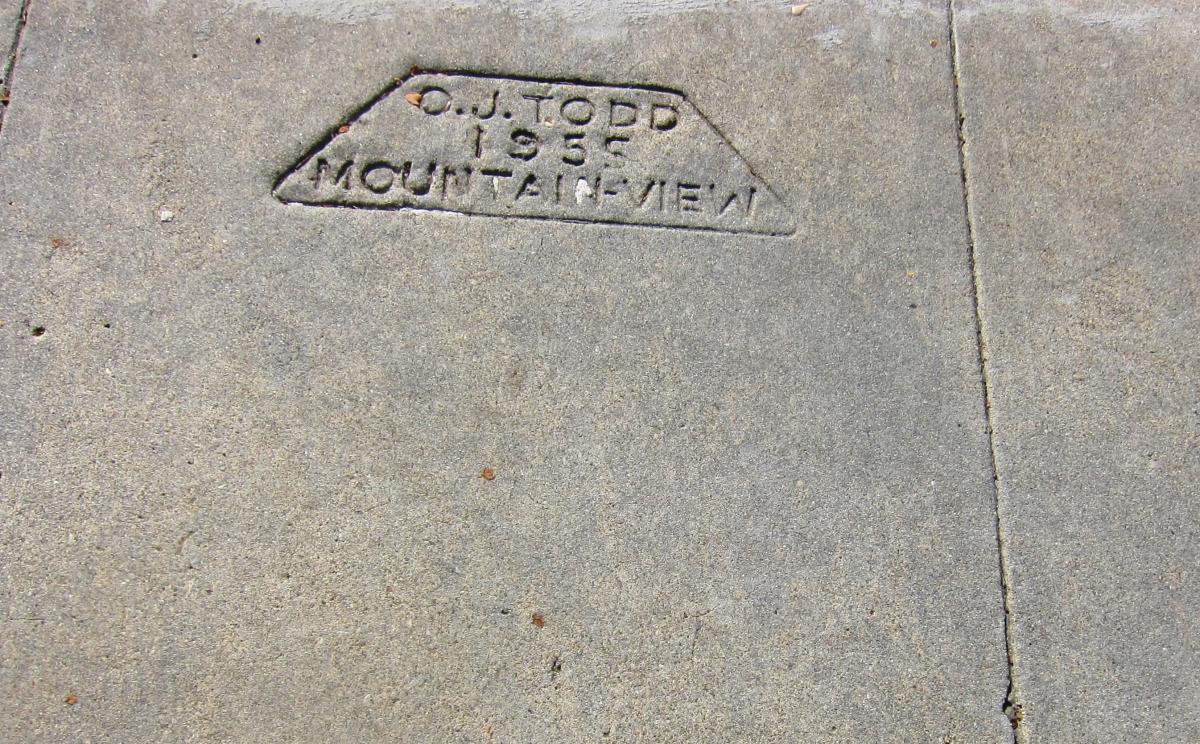 |
|
|
They worked with equipment borrowed from a local public access TV station recording on three-quarter-inch professional tape. Glenn knew his way around community access TV because he had volunteered at stations in Palo Alto and Mountain View.
The Greenmeadow association paid for expenses, including videotape and for editing time at the TV station, but all the work was done by volunteers.
The filmmakers ended up with 40 to 50 hours of filmed interviews. At this point, to help organize the material, Glenn called in folks from the wider Greenmeadow community to help.
“I made VHS copies of raw conversations and parceled them out for people in the neighborhood to watch and to log them,” Glenn says. If 14 minutes in, the interviewee was discussing the babysitting club, that would be noted.
Then Glenn, who works today as a software engineer for Roku, went to work editing. “I ended up with four to five hours of video in the first cut,” he recalls.
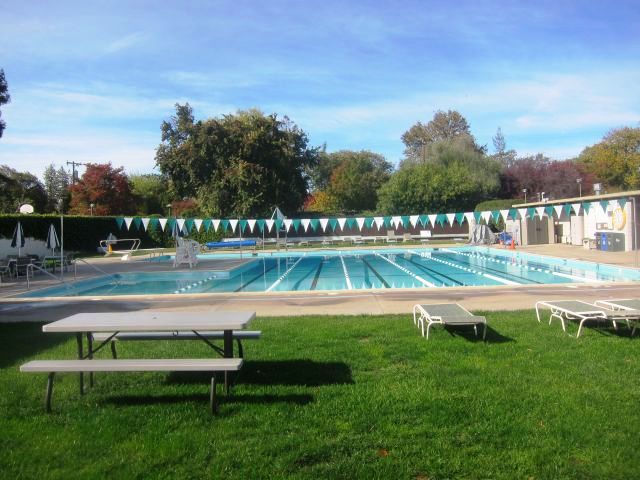 |
|
|
“At first it wasn’t well thought out what we would do with the interviews,” he says. They decided to have them shown on the cable station and to make copies of the VHS tape available through the community association, in the Palo Alto library, and to residents who wanted a copy.
The cable station wouldn’t show a film of more than an hour. “I had committed myself to including at least one sound bite from every person, and I couldn’t have done that while keeping to one hour,” Glenn says.
He got around that by producing a series of separate films, a kind of Greenmeadow mini-series. There was an hour-long overall look at the community, an hour-long history, a half hour about the architecture, a half hour about the Greenmeadow association, and a full hour about many people’s favorite celebration there – July 4.
“What I did made it much more useful,” Glenn says of the interview collection, “editing it down, organizing it by topic rather than just showing people rambling on.”
Segments were shown repeatedly on cable TV in 1994 and 1995.
Far more fun, though, was when the films screened during Greenmeadow’s Fortieth anniversary celebration on a big projection TV.
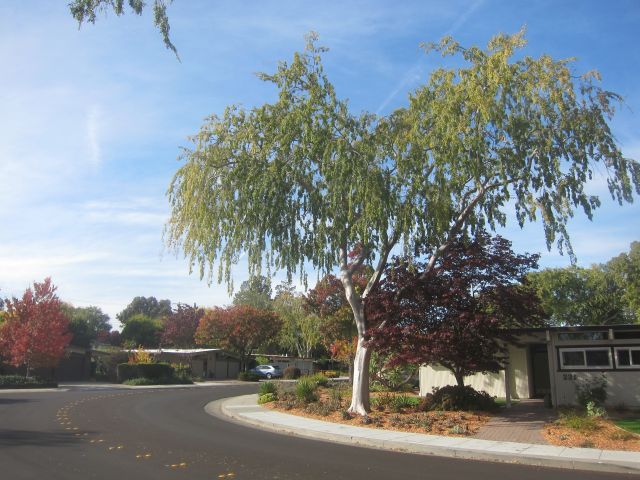 |
|
|
“I wanted to sit with audience and see it, but by time I set it up all the seats were taken so I had to stand in front,” Glenn recalls. “So I was watching the people watching the video. It was fun. The people on the tape were watching themselves on TV.”
“One guy, Fred Crenshaw, you’ve probably heard of him, he was the first person to move into Greenmeadow. He told great stories. He actually bought the model home, and he had to twist Joe Eichler’s arm to sell him the model. ‘We don’t sell the models till everything else is sold,’ Eichler told him.”
“But Fred badgered him. ‘We want this home. We want to move in now.’ I think Eichler was sort of a soft touch. The whole audience is cheering for [Fred] by the time he got to the end of the story.”
"I also knew when [Fred] said [a particular sentence that it] would have to be the very end of the movie. ‘We don’t think of ourselves as living in Palo Alto. We think of ourselves as living in Greenmeadow.’ ”
“I couldn’t think of a better ending line.”
For information about the Greenmeadow video, contact Glenn Story: [email protected]. To see the videos through the historical society, contact Steve Staiger, [email protected].
- ‹ previous
- 472 of 677
- next ›



